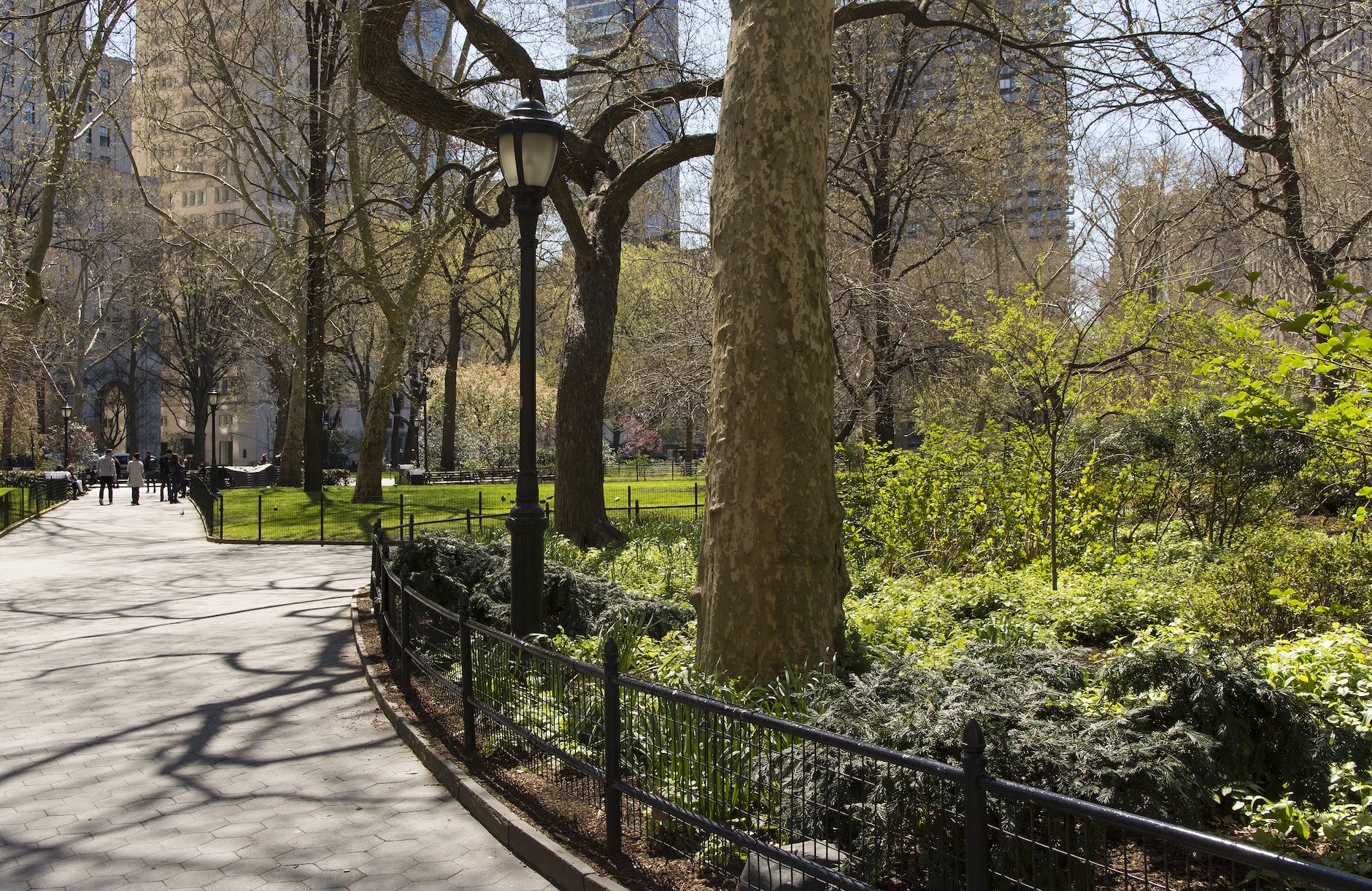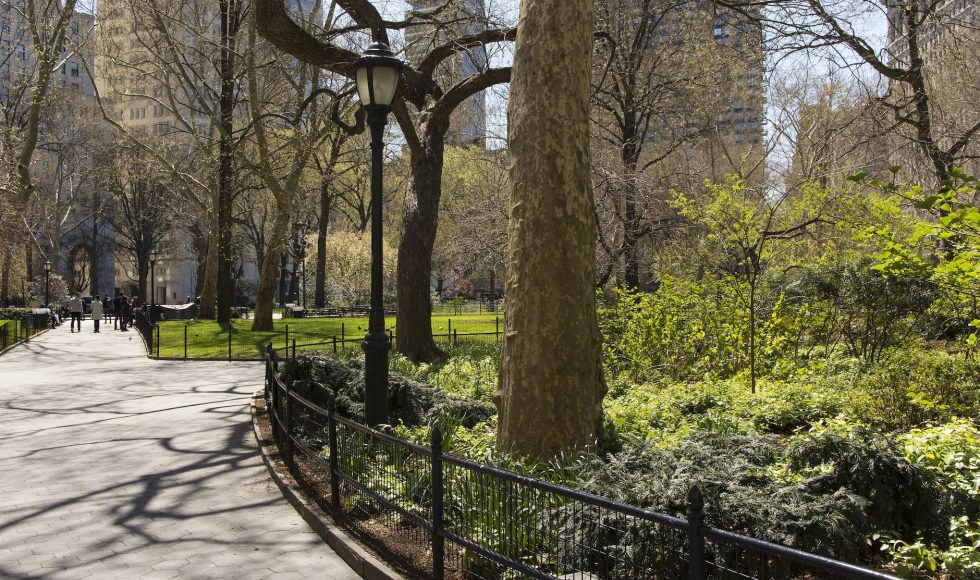Tonight I continued watching the JMBE Live sessions that I have missed. The recording for “Innovation in a Time of Crisis: Adapting Active Learning Approaches for Remote Biology Courses” is available on the JMBE YouTube channel. Erin S. Morrison & Genia Naro-Maciel from NYU were the presenters and worked with Kevin Bonney, Timothy Schaffer, and Lucy Appert, and the NYU instructional team. Morrison spoke about the opportunities beyond the “physical classroom” and three activities they developed:
- asynchronous experiential lab activity they called “backyard biodiversity”
- synchronous lab activity on human Mendelian genetics
- asynchronous and synchronous approaches for a collaborative environmental health research project
The Backyard Biodiversity activity challenges students to compare their backyard observations and data and compare with others. Participants “step away from computers and get outside” and work with partners to summarize and present results. Students are asked to take a 20-30 minute walk in their current neighborhood and use the Seek app to identify and record 20 unique plant species encountered. Morrison mentioned that the first year they used this app they identified 1200 plants! After the “nature walk” participants are assigned one or two partners living in different location and the group makes comparisons between neighborhoods. Students create Venn diagrams and think about the process of convergent and divergent evolution based on observed traits. Students then summarize their results in a five-minute presentation on Zoom. Some of the example slides that participants created highlighted differences between New York and Boston, for example. Morrison mentioned that Seek is usually better with plants than animals. Having location enabled on the app also helps with the identification and machine learning algorithm. Morrison and Naro-Maciel engaged the audience by having them share photos of their backyards on Google Photos.
The second activity described was a synchronous Mendelian genetics activity. This activity was developed for groups of 3-4 students, and all students in the group answer a survey about their phenotypes. Morrison used PollEverywhere to engage the audience and capture data in real-time. I love the PollEv integration and graphs. Morrison shared data from 66 students about human Mendelian traits. Sometimes the recessive phenotype is more frequent and there are also intermediate phenotypes that are not “as Mendelian” as we think.
Naro-Maciel shared an activity they developed for an environmental health lesson. They used the jigsaw tool to think about the multiple components involved. The activity focuses on “the effects of living and nonliving elements on human health.” Further, Naro-Maciel wanted to incorporate critical questions such as how do humans affect wildlife health and how do human and wildlife systems feed off each other with regard to health? Naro-Maciel wanted to address several misconceptions about COVID-19. They used an adaptation of the jigsaw activity. The activity is flexible and can be done synchronously or asynchronously. Students choose among various case studies focused “not only on environmental effects on humans, but also on human effects on the environment, as well as ongoing interactions.” Background readings are assigned and then there is a synchronous session with a short lecture and the activity is introduced. Students do research on their own and put together a ten-minute presentation. Students are encouraged to address misconceptions. The different groups share their findings as a group. Students peer review each other, and the instructor uses a rubric. Importantly, this activity helps participants learn from each other and identify potential misconceptions and commonalities.
The presenters spoke about publishing in JMBE and how they appreciated the support and turnaround. Their article gained attention and press at their institution and emails from readers. During the question and discussion section, the presenters explained how they shared resources with students to evaluate resources, including the CRAP test. They talked about evidence and how they emphasize fact checking in the courses they teach. The backyard biodiversity activity has been implemented by Morrison in first and second-year courses with students participating in a variety of different locations. Morrison shared that they didn’t know what to expect, and that it ended up being a global set of samples! This was likely because the activity was implemented during COVID-19 lockdown. The last part of the question and discussion session was about controversial theories and evidence. The presenters talked about how they now present some of the articles debating the origin of COVID-19. The three activities the presenters created all promote critical thinking and connections to real-world applications.



